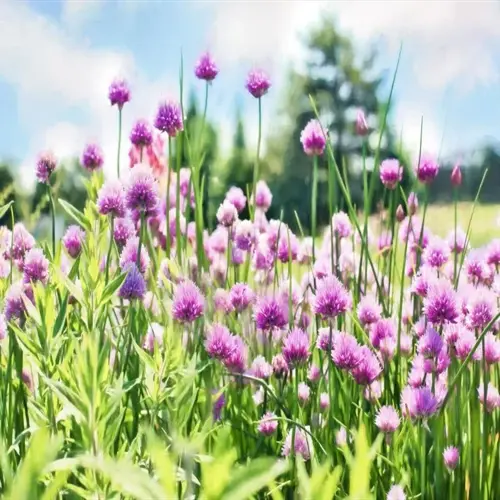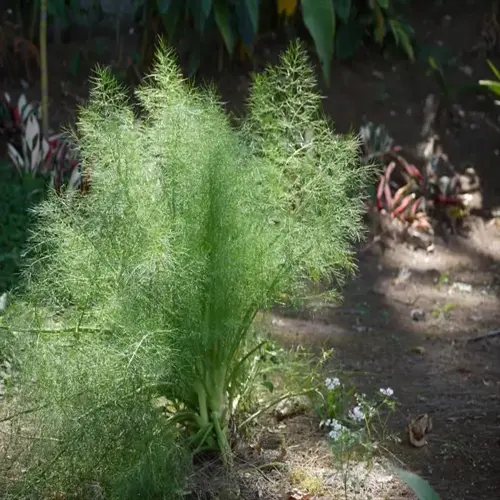Why does fennel sometimes fail to form bulbs?

Written by
Julia Anderson
Reviewed by
Prof. Samuel Fitzgerald, Ph.D.Bulb formation problems frustrate many fennel growers, especially those who grow bulbing varieties. The failure bulbs are usually due to inconsistent growing conditions, not from a genetic impact. I have worked with hundreds of growers, consulting on bulb issues, and identified three primary problems. Solving these will create fat bulbs every time.
Water Management
- Consistency: Maintain soil moisture without fluctuations
- Volume: 1-1.5 inches (2.5-3.8 cm) weekly via drip irrigation
- Timing: Water early morning to prevent evaporation losses
Temperature Control
- Optimal Range: 60-70°F (15-21°C) during bulb development
- Protection: Use shade cloth above 75°F (24°C)
- Monitoring: Track soil temperature at 4-inch (10 cm) depth
Plant Spacing
- Bulbing Varieties: 12-inch (30 cm) minimum between plants
- Root Zone: 18-inch (45 cm) diameter undisturbed area
- Companions: Avoid competitive root systems nearby
Suppose you want to plant bulbs and you want reliable results. In that case, you should choose bolt-resistant varieties, such as Orazio and Solaris. These varieties are more resilient to temperature changes compared to regular varieties. Plant after the last frost, when the soil reaches 55°F (13°C) or warmer. Avoid disturbing the roots to prevent flowering before it makes a bulb.
Take protective action when heat waves occur. Place up shade cloth when temperatures exceed 75°F (24°C). If possible, mist plants during the hottest afternoon hours to lower leaf temperature. These actions will prevent stress-induced bolting, allowing energy to focus on bulb development.
Make significant changes to your watering habits. Use a moisture meter to test the soil moisture in the top 4 inches (10 cm). Water when readings fall below 50%. Install soaker hoses to deliver water directly to the plant's roots. Consistent moisture will prevent the plant from entering survival mode.
When it's appropriate to plant, depending on your climate. In warmer climates, plant bulbs in early spring or late summer, avoiding times of peak heat. In cool climates, plant after the danger of frost has passed. These timing adjustments help gingerly practice optimal bulb-forming conditions.
Read the full article: How to Grow Fennel Successfully at Home

